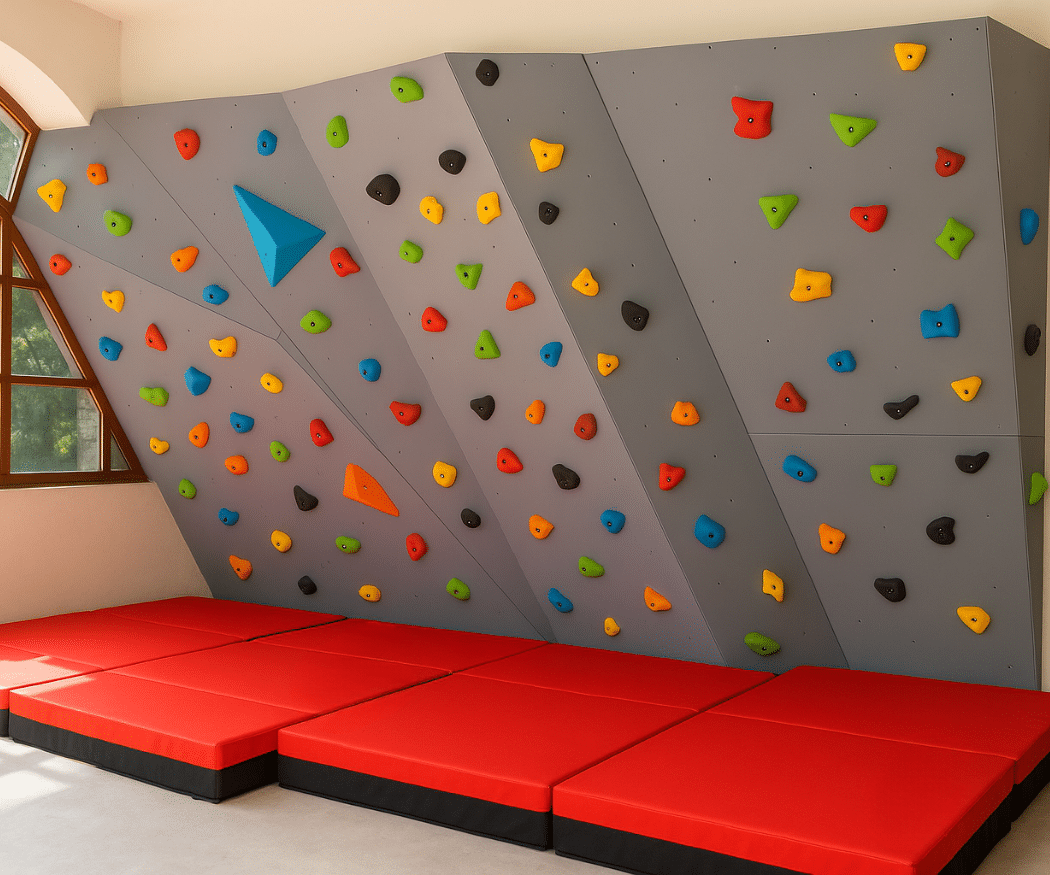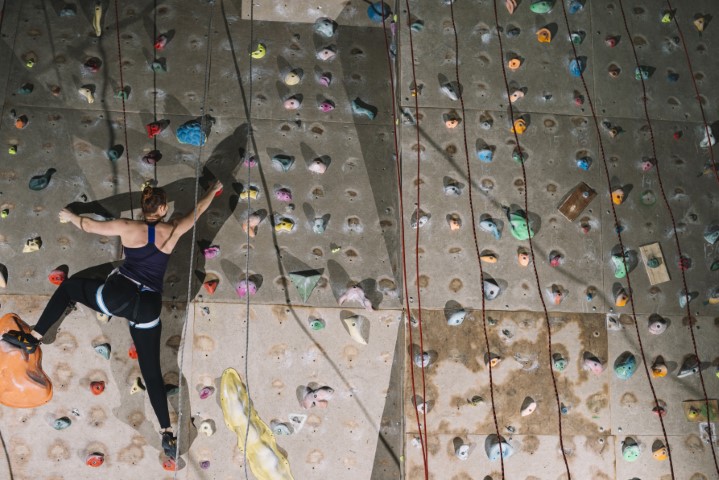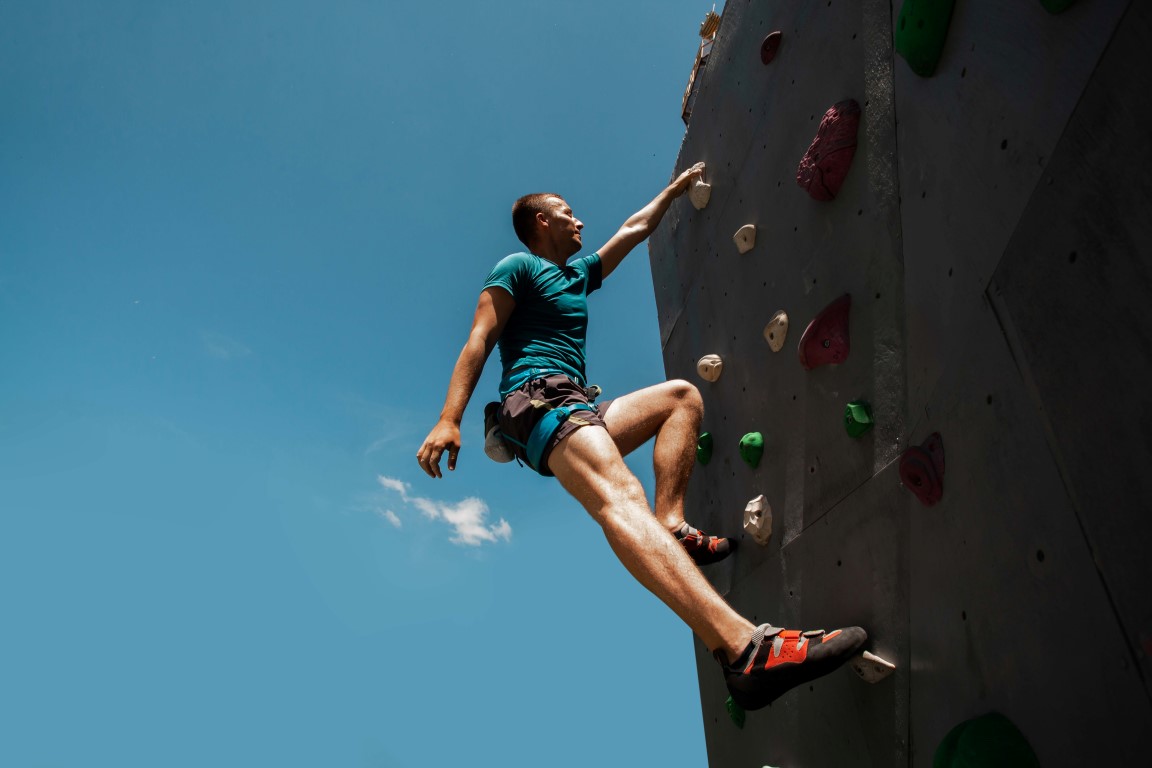If you’re diving into the world of lead climbing, understanding quickdraw clipping is absolutely essential for your safety and progression. This comprehensive guide covers everything you need to know about front-clip vs back-clip, how to avoid Z-clipping, and master key lead climbing rope techniques to climb smarter and safer.
Whether you’re a beginner or refining your lead skills, this blog will walk you through the process with visual tips, drills, and safety strategies — using all the most searched climbing safety tips.
🧗♂️ What is Quickdraw Clipping in Lead Climbing?
In lead climbing, as you ascend the wall, you must clip the rope into a series of quickdraws attached to pre-set bolts. A quickdraw is a piece of climbing equipment made of two carabiners connected by a strong sling.
Clipping incorrectly can result in dangerous consequences. That’s why understanding how to clip quickdraws properly is one of the top climbing safety tips for new climbers.
✅ Front-Clip vs ❌ Back-Clip: The Right Way to Clip Quickdraws
✔️ What is Front-Clipping?
Front-clipping is the correct way to clip the rope into the bottom carabiner of a quickdraw.
When done correctly:
- The rope enters from the wall side.
- The rope exits toward your harness.
- The rope lies on the spine side of the carabiner (not the gate side).
- This orientation allows the rope to move safely and reduces the chance of it un-clipping during a fall.
❌ What is Back-Clipping?
Back-clipping occurs when the rope runs through the quickdraw with the gate facing the climber. In a fall, this positioning can allow the rope to force the gate open and unclip itself — a critical error in lead climbing rope techniques.
- Rope enters and exits on the same side as the gate
- Extremely dangerous in a fall
- Often caused by poor positioning or rushed clipping
⚠️ What is Z-Clipping in Climbing?
Z-clipping is a mistake where the climber accidentally clips the rope from below the last draw instead of from the belayer’s end, forming a Z-shape in the rope. This error bypasses protection, and is one of the most common lead climbing mistakes.
🧠 Why is Z-Clipping Dangerous?
- Creates unnecessary slack
- Prevents proper rope flow
- Offers no real fall protection above the last good clip
- If you fall while Z-clipped, your rope won’t catch you at the next draw — which could lead to decking (falling to the ground).
🧠 How to Avoid Z-Clipping
- Avoiding Z-clipping is part of mastering your lead climbing rope techniques. Here’s how:
- Always grab rope from your belayer, not below your last draw.
- Practice proper clipping form on indoor walls.
- Double-check the rope direction before every clip.
- Ask a more experienced partner to review your clips if you’re unsure.
🔁 Step-by-Step: How to Clip a Quickdraw Properly
- Get Balanced – Always establish a good stance before clipping.
- Choose the Correct Rope End – Use the slack from your belayer, never from below.
- Grip and Clip – Use a thumb-pinch or push method to insert the rope.
- Check Rope Orientation – Confirm the rope enters on the wall side and exits away from the gate.
- Look Down – After each clip, verify correct placement.
🏋️♂️ Drills to Practice Quickdraw Clipping
Mastering how to clip quickdraws takes muscle memory. Here are some drills to help you build efficient, accurate form:
- Quickdraw Clipping Ladder
Use a hangboard or mock quickdraws on a wall. Practice clipping with both hands, simulating high and low reaches.
- Time Challenge
Clip 10 draws in a row under time pressure, ensuring each is correct. Great for training under simulated stress.
- Mock Lead Climb
Have a friend belay you on a low wall while you focus solely on clipping every draw cleanly.
🔗 Need more training ideas? Check out our indoor lead climbing drills.
⚠️ Common Lead Climbing Mistakes
- Even experienced climbers make errors. Here are some common lead climbing mistakes to avoid:
- Back-clipping under pressure
- Z-clipping when panicking
- Forgetting to check rope direction
- Clipping from poor stances or while off-balance
- Using the wrong end of the quickdraw (rope-end vs bolt-end)
🧗♀️ Key Lead Climbing Safety Tips for Every Climber
Following these climbing safety tips helps reduce risk while improving your performance:
- Always double-check your knot and harness.
- Inspect every quickdraw before use.
- Practice clipping with both hands.
- Never rush a clip — breathe and get balanced.
- Use voice communication with your belayer (e.g., “Clipping,” “Slack,” “Watch me”).
🌟 Conclusion: Clip with Confidence
Learning how to properly execute a front-clip vs back-clip, and avoiding Z-clipping, is vital for any climber transitioning into lead. By mastering these basic yet critical lead climbing rope techniques, you’re laying the foundation for safe, enjoyable, and successful climbing — indoors or outdoors.
As with all things in climbing, practice is key. The more you climb, the more natural these actions will become. Start slow, build habits, and never compromise safety.
✅ Stay smart, stay clipped — and enjoy the send!











